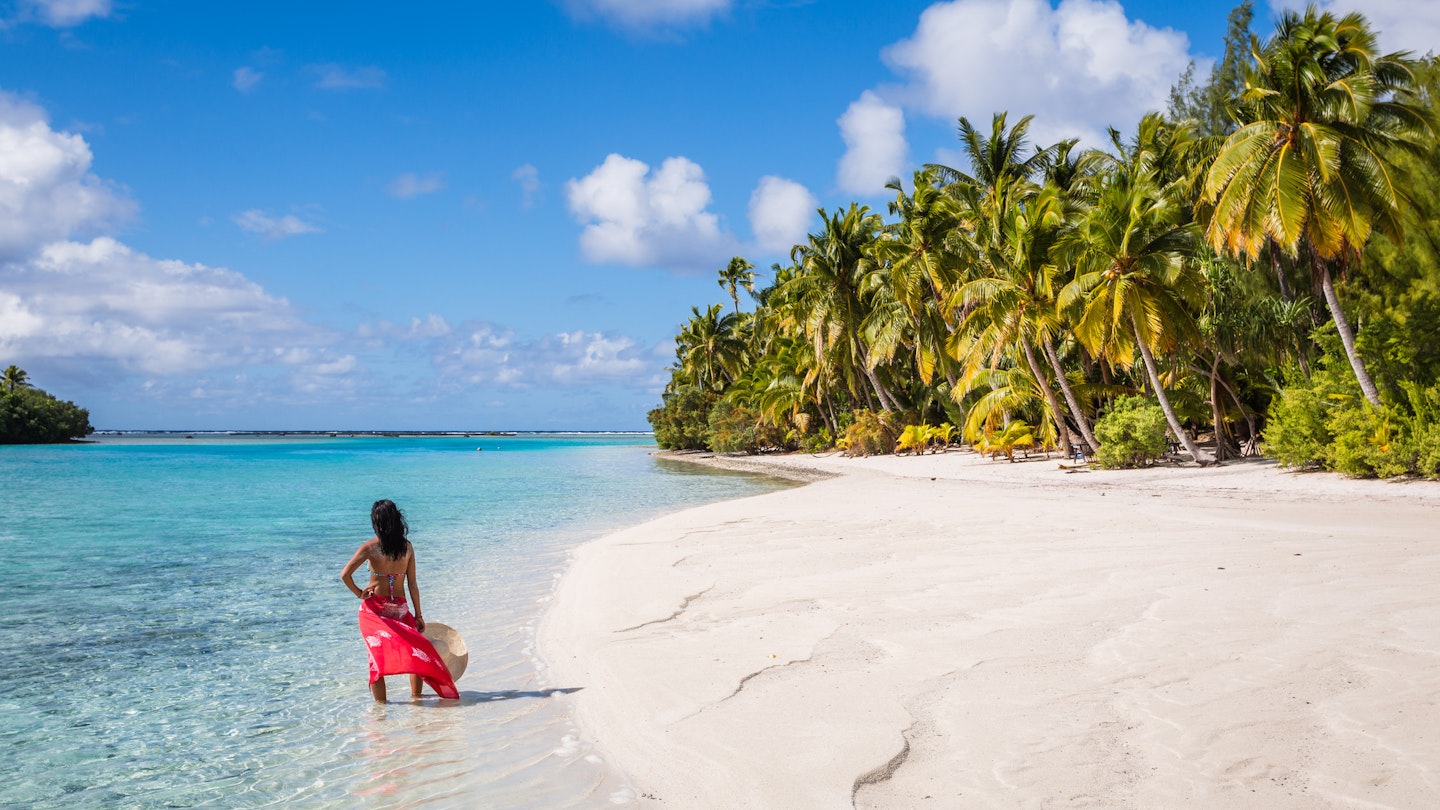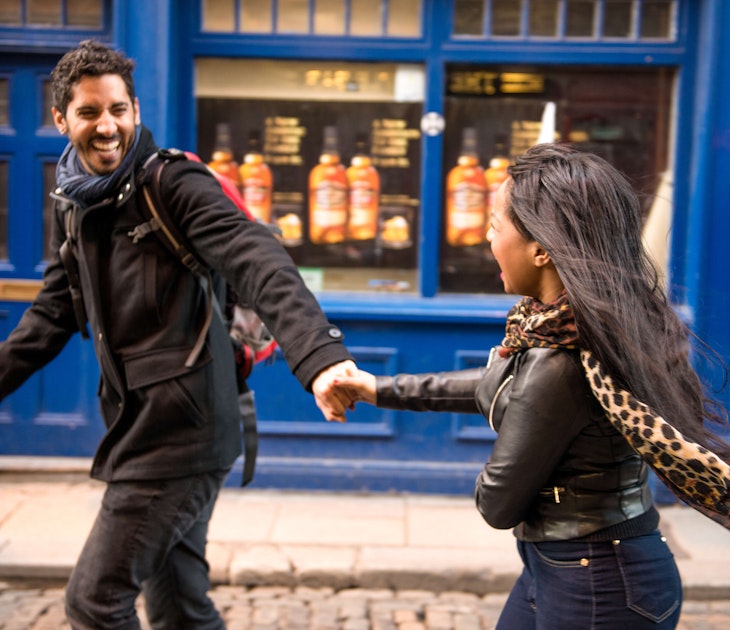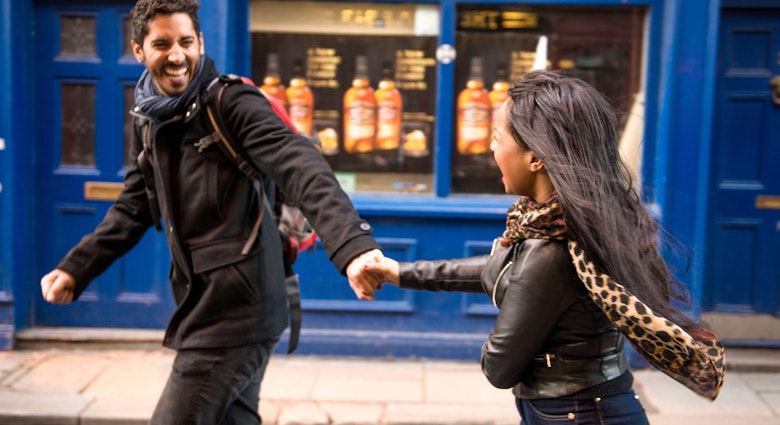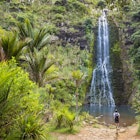Scattered and remote in the South Pacific, the Cook Islands are a taste of tropical perfection.
At 3234km (2009 miles) from the nearest major landmass, this is a far-flung destination for most travelers. But if you make it all the way here, you'll discover that this is a straightforward place to visit. The Cook Islanders are famously welcoming and friendly, English is widely spoken, and you'll find an easygoing mix of 21st-century sophistication and traditional Polynesian values.
Framed by the wild blue expanse of the planet’s biggest ocean, these isolated isles are one of the world's great getaways. The secret to a successful trip to the Cook Islands is to do some prep ahead of time. Here are some pre-departure tips to help you plan your time in this fascinating island nation.
1. Keep an eye on the weather in the South Pacific
The Cook Islands are warm year-round, but some seasons are better for travel than others. With drier weather and lower humidity, May to October is a great time to visit. From November to April, the weather is warmer but also wetter – however, rain showers are often short and sharp, clearing after a sudden downpour to a blue sky. December to January is the cyclone season – storms can bring heavy rain and strong winds, but the islands are not severely impacted every year.
2. Check your dates ahead of South Pacific time travel
Traveling to Rarotonga from New Zealand, flights cross the international date line, arriving in the Cook Islands on the previous day. Double-check accommodation to ensure you've booked the correct dates. Similarly, traveling back from Rarotonga to New Zealand, travelers lose a day, and arrive in Auckland the day after they departed.
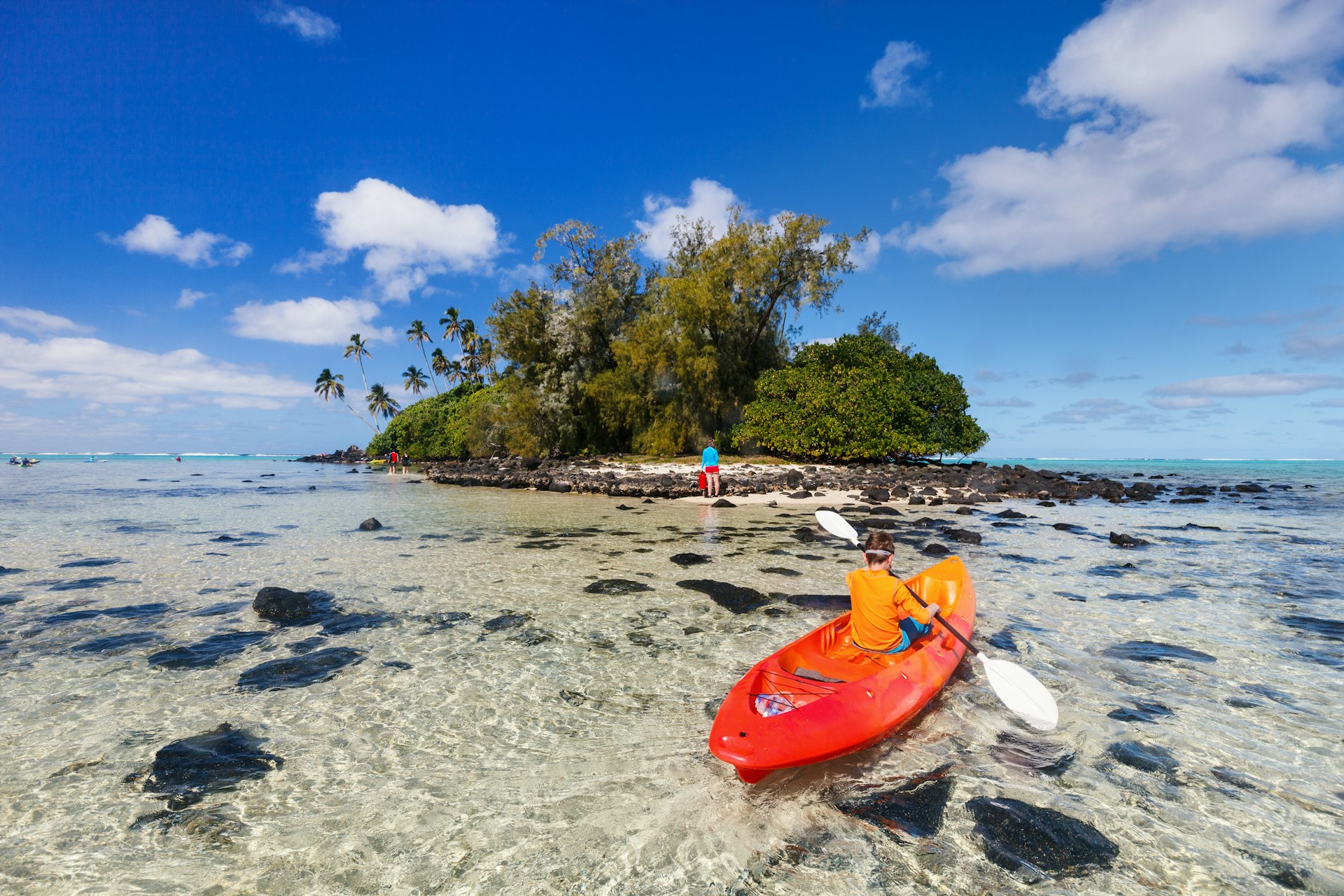
3. There aren't many direct flight options
Rarotonga is linked by direct flights to Auckland, Sydney, Honolulu and Tahiti, with Air New Zealand's service from Auckland to Rarotonga being the only daily international option.
Once you reach Rarotonga, things get easier – Air Rarotonga, the Cooks’ national airline, has regular flights from Rarotonga to the country's Pa Enua (Outer Islands), including the popular islands of Aitutaki and ‘Atiu.
4. Avoid the Australian and Kiwi school holidays
The Cook Islands, especially Rarotonga, get very busy with vacationing families during New Zealand's and Australia's school holidays, putting pressure on prices and availability for accommodations and flights. These breaks usually fall in the two weeks following Easter, the first two weeks in July, and the first few weeks in October. The dates move slightly each year, so check the timings on New Zealand's Ministry of Education website and the education websites for Australia's different states.
Cook Islanders living in New Zealand often visit family in the islands for Christmas and New Year, and also for the annual celebrations leading up to the islands’ Constitution Day on August 4. Prices for accommodations and airfares usually increase around this time too.
5. Fresh local produce makes self-catering accommodation a good choice
Rarotonga and Aitutaki both offer all-inclusive resort accommodations, but consider renting a self-contained holiday house or beachside bungalow. Having your own fully-equipped kitchen and barbecue facilities increases the options for self-catering, and it's easy to buy local fish and pick up fresh vegetables and fruit from Rarotonga's Saturday morning Punanga Nui market. There are also well-stocked supermarkets on Rarotonga, but goods imported from New Zealand and other far-flung places can be expensive. Camping is not possible on any of the Cook Islands, but there are a couple of hostels in Rarotonga for budget travelers.
6. Get a phone SIM on arrival for cheaper net access
Free internet access is hard to find on the Cook Islands, but Vodafone Cook Islands offers wi-fi hot spots around Rarotonga and Aitutaki that can be accessed for a reasonable cost via prepaid vouchers. Vodafone also sells a Travel eSIM package incorporating 10GB of data, 30 minutes of international calling and 300 TXTs. Vouchers and Travel SIMs are both available from Vodafone's booth at Rarotonga airport.
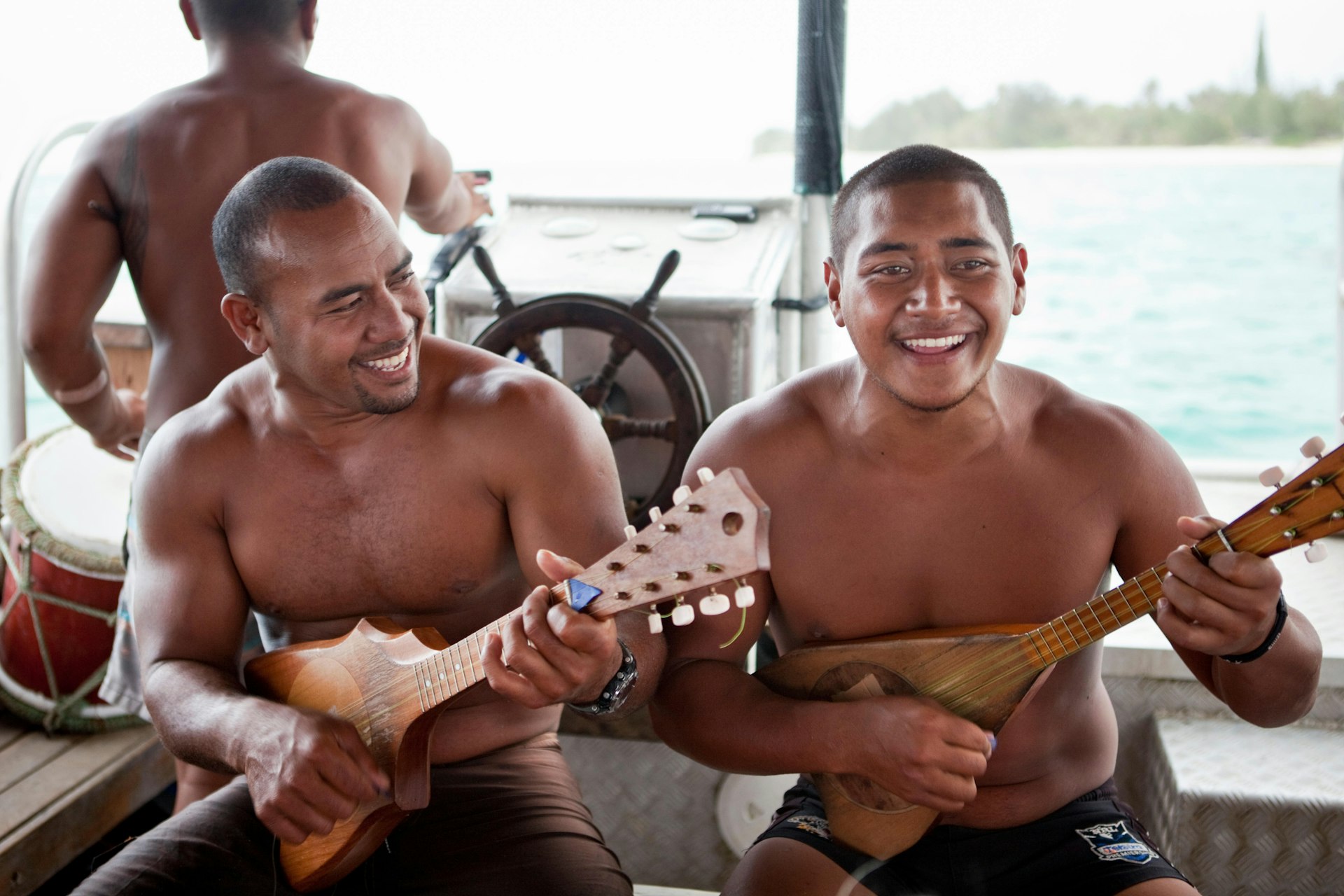
7. Take a credit card and carry some New Zealand dollars
New Zealand dollars are the primary currency in the Cook Islands and bills can be withdrawn from ATMs on Rarotonga and Aitutaki. Most accommodations, rental car companies and tour operators accept credit cards, but cash is essential for smaller shops and at the Punanga Nui market and Muri night markets, so carry some dollars for day-to-day use.
Change is usually given in the Cook Islands’ own coins, including the quirky triangular $2 coin. These coins can't be used as legal tender back in New Zealand, but they do make excellent souvenirs of a visit to the islands. Neither tipping nor bargaining are part of Cook Islands’ culture, and prices are fixed everywhere.
8. Sunday is a day of rest in the Cooks
In the Cook Islands, Sunday is a quiet day, most often spent with family and attending church. Many shops and businesses close for some or all of the day. If you fancy attending a Cook Islands church service, visitors are warmly welcomed. Expect to be invited to join the local congregation for refreshments at the conclusion of the service.
9. Pack casual clothes
There's no need to pack your finest threads – the dress code in the Cook Islands is casual, and shorts, a T-shirt, and sandals or flip flops will be fine for most occasions. If you're attending church on Sunday, a collared shirt, and long trousers or a skirt are the right attire for this more formal occasion.
Lightweight hiking shoes are recommended for tackling Rarotonga's Cross-Island Track, while essentials for exploring the lagoons and beaches include reef shoes – to protect from coral cuts and the occasional stonefish – and a rash vest to keep off the tropical sun. Hats and sunglasses are also strongly recommended. Bring a long-sleeved linen shirt and trousers to guard against insect bites in the evenings.
10. Dress modestly away from the water
The Cook Islanders are a famously friendly bunch, but despite the laid-back mood, the islands are quite socially conservative, and it's not appropriate to wear beachwear away from the resort pool or lagoon. A sarong is a handy addition to a packing list to wear after swimming to avoid causing offense.
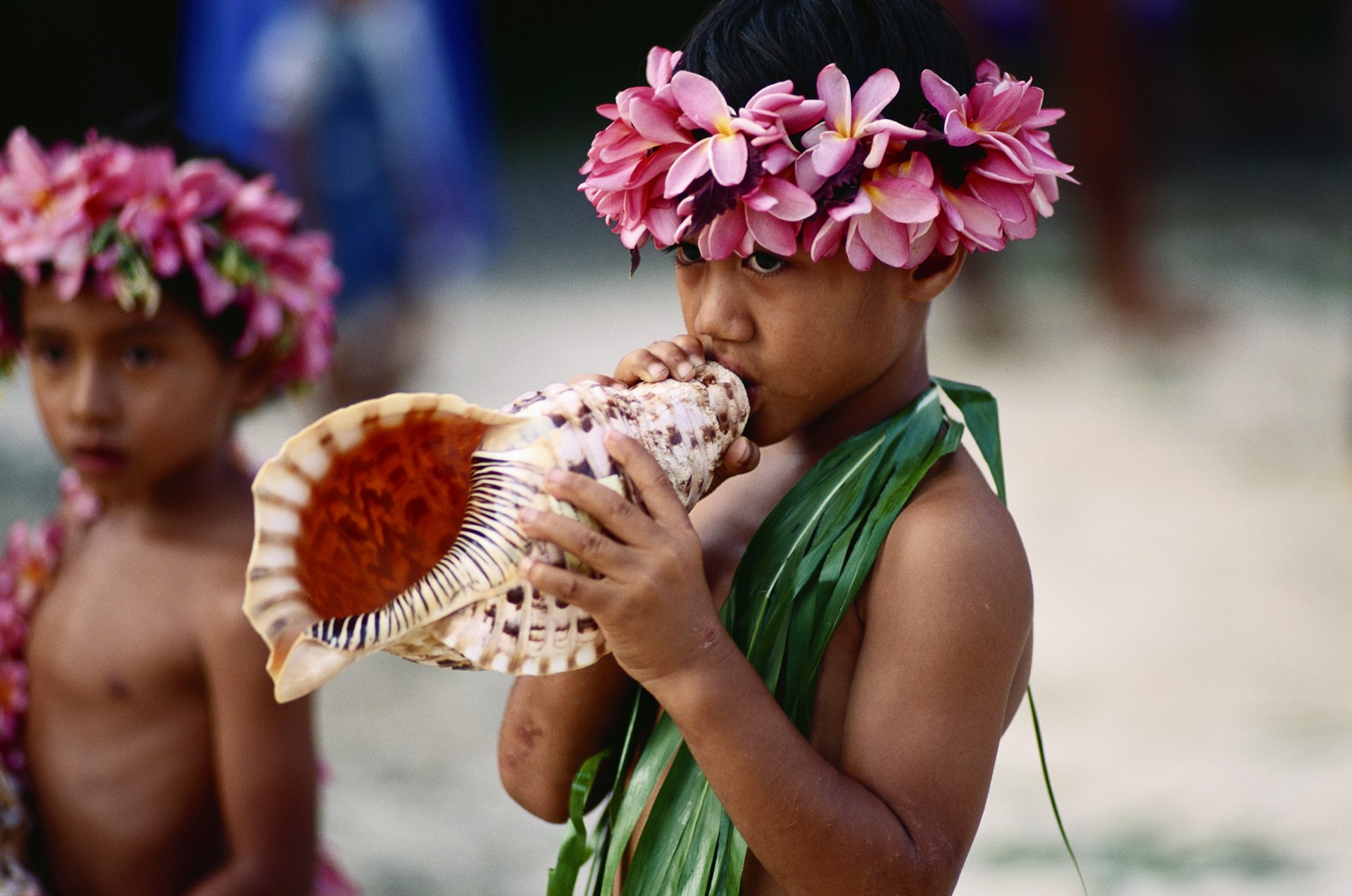
11. Learn greetings in the local language
All Cook Islanders speak excellent English, but when meeting a local, the most common greeting is kia orana – “may you live a long and fulfilling life” in Cook Islands Māori. Saying meitaki (“thank you”) is also always appreciated.
12. Slip into island time
The Cook Islands definitely operate on island time. If you're catching up with someone for coffee or a meal, it's not unknown for people to drift in a little after the time you arranged to meet. If your guests have still to arrive after 15 minutes, that's no cause for concern; just relax and enjoy Rarotonga's easygoing vibe. An exception is if you're being picked up by a tour operator, or have booked an island activity at a specific time and place; you'll be expected to be on time for these appointments.
13. Lock your car doors
In general, the Cook Islands are very safe, but opportunistic theft from rental cars parked up at beaches or other tourist spots is not unknown. Don't leave valuable items such as cameras, tablets and smartphones in the car when swimming or hiking.
14. Practice scooter safety
Renting a scooter is a popular way to get around, but it's worth checking your travel insurance to confirm you're covered for any accidents. Wearing a helmet is compulsory, vehicles drive on the left, and you'll need to complete a practical riding test – basically a series of tightish turns in a police station car park – to secure a Cook Islands’ scooter license allowing you to hire a vehicle.
Driving licenses from most countries can be used to rent a car without this extra requirement. Note that island roads are not well lit, and riding a scooter after dark is not recommended due to the antics of wandering chickens and the occasional over-excited dog.

15. Check local currents before jumping in the water
Always ask a local if the water is safe before you go swimming, as some parts of Rarotonga's lagoon have strong currents, particularly near the Rutaki, Papua and Avaavaroa passages. Rarotonga is also susceptible to tsunamis following volcanic and seismic activity elsewhere in the South Pacific – if warning sirens sound, follow everyone else and evacuate to higher ground. Evacuation routes are indicated by signs all around the island.
16. Protect yourself from dengue fever
While there is no malaria on the islands, dengue fever is also transferred by mosquitoes and it's present on Rarotonga – the last big outbreak was in 2021. There's no vaccine or prophylaxis for the virus so be sure to apply insect repellent and keep your accommodations insect-proof using door and window screens. If you are unlucky enough to catch dengue, seek medical attention, as the hemorrhagic form of the illness can be serious.
17. Look after your ears
The combination of frequent swimming and a humid tropical climate can give rise to “swimmer's ear” and other infections of the outer ear canal. Always dry your ears carefully after swimming, and pack ear drops in a compact first-aid kit.
